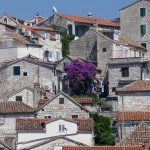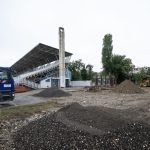Regarded as one of the great hidden gems of tourism in Europe and home to the continent’s beach beach, a visit to the magical island of Vis on August 10, 2016 reveals an island of surprising diversity, tradition and intrigue away from the beach.
It is a funny thing moving to an island on the Adriatic, and then settling there for 14 years. You become patriotic about the island, convinced that it is better than all others. And it is, especially when that island is Hvar, the sunniest in Europe, home of organised tourism in Europe, and the island with the most UNESCO heritage in the world.
But sometimes it is nice to meet the neighbours…
Vis is an island which has always fascinated me, but one to which my attention has been limited to just three short trips and only one overnight (and that a blustery rainy affair in November a decade ago), and so I was delighted to accept an invitation from leading regional destination management company Intours DMC to see the island of Vis through their eyes.
It was quite a sight…
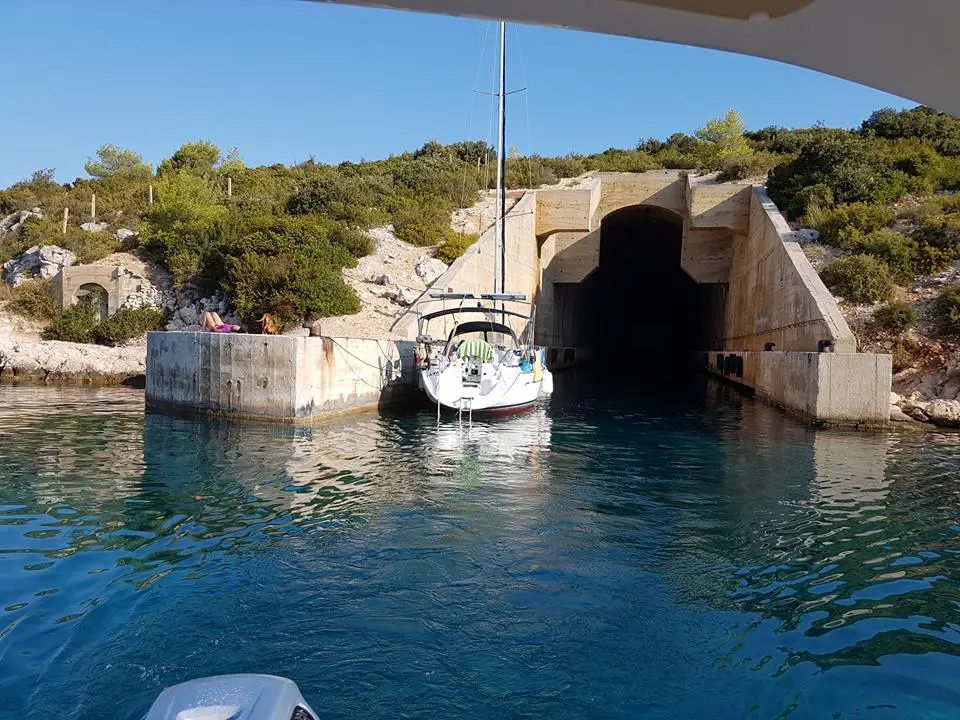
A 07:30 speedboat departure before the onset of the August heat from Hotel Amfora in Hvar Town was a pleasant way to start the day, and a chance to catch up on one of the treasures of the Vis experience before we hooked up with out guide of the day – the submarine base close to Vis Town.
Check out our arrival in the video above. Vis has always been a strategically important island from a military point of view due to its geography, and as we shall see below, that geography has shaped its history and its present look and feel today.
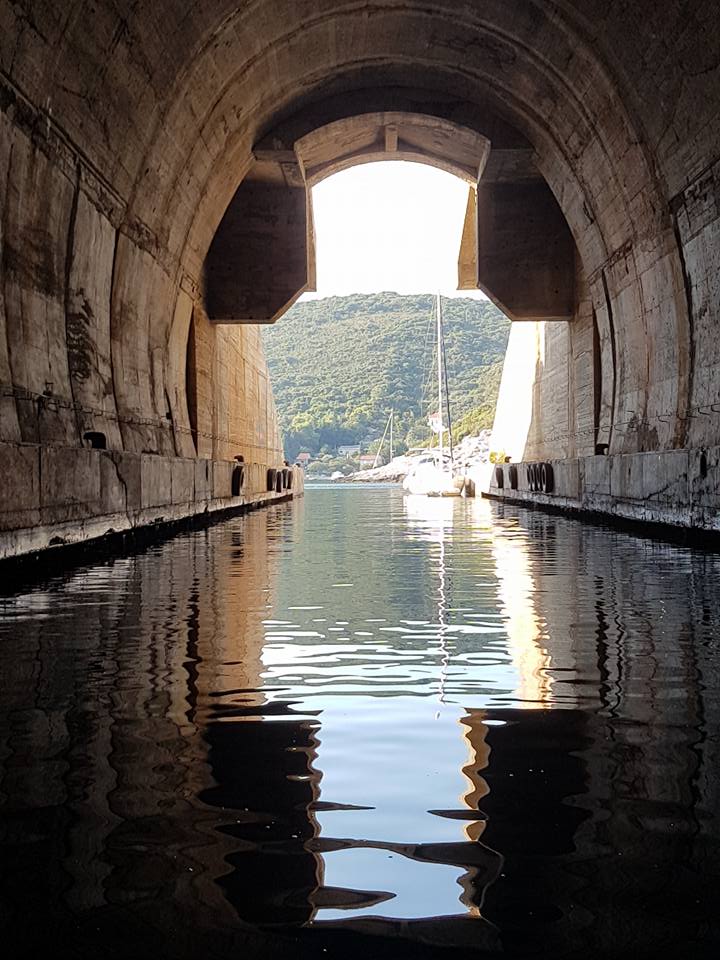
A closed military island under President Tito, Vis was off limits to foreign visitors until the war in former Yugoslavia in 1991. And there were many secrets to keep away from prying foreign eyes, not least this delightful submarine base, big enough to shelter subs up to 110 metres long.
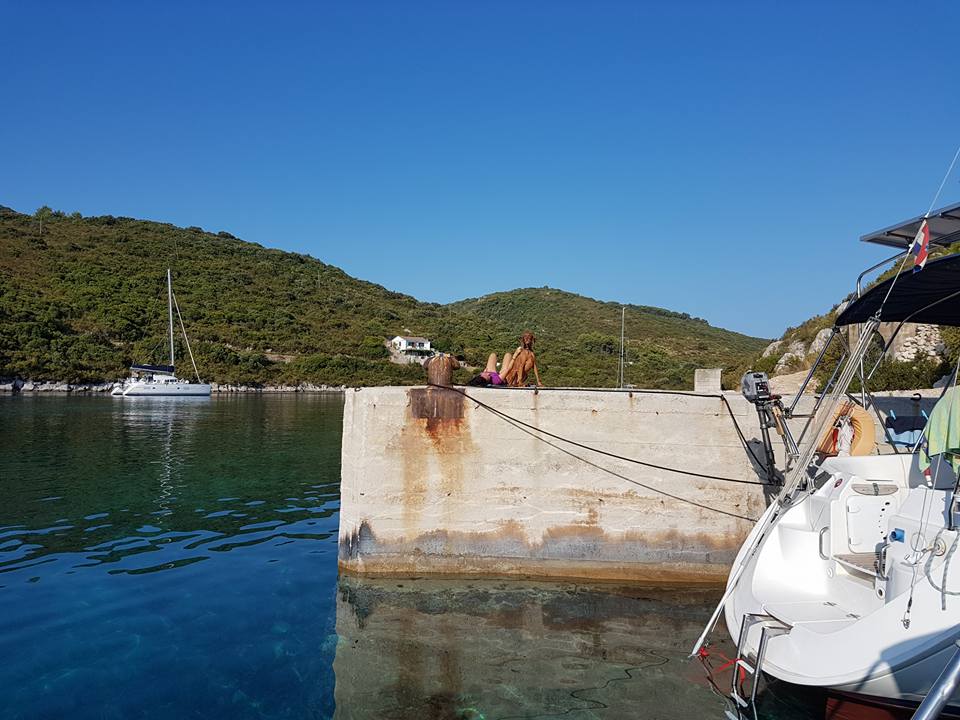
Today, an idyllic tourist spot. Tito might not have approved of the 21st century security – a sleeping tourist, a sailboat and a watchful dog…
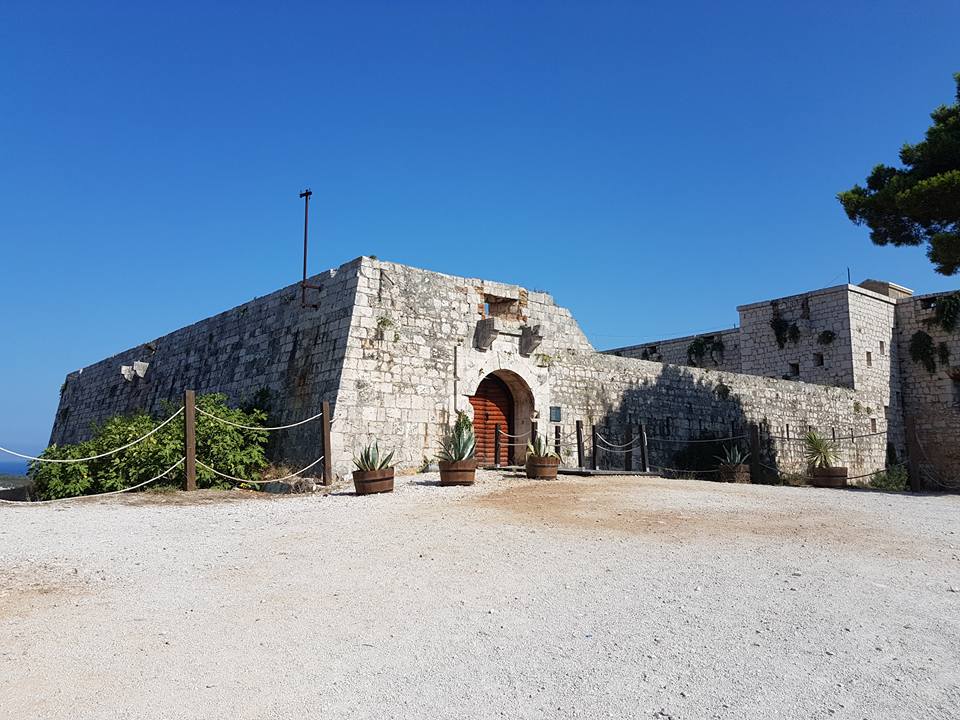
Military history runs through the veins of Vis and dates back to a period way before the rise of Tito and his Partisans. The British have a particularly strong affiliation with Vis, with different levels of presence over the centuries. Fort St. George, named after King George III, is just one of several British forts on Vis, and one which has been given a fresh lease of life, after major investment from the Swedish owners of The Yacht Week, which have turned the fort into an upscale dining and entertainment centre, with mixed reaction from locals.
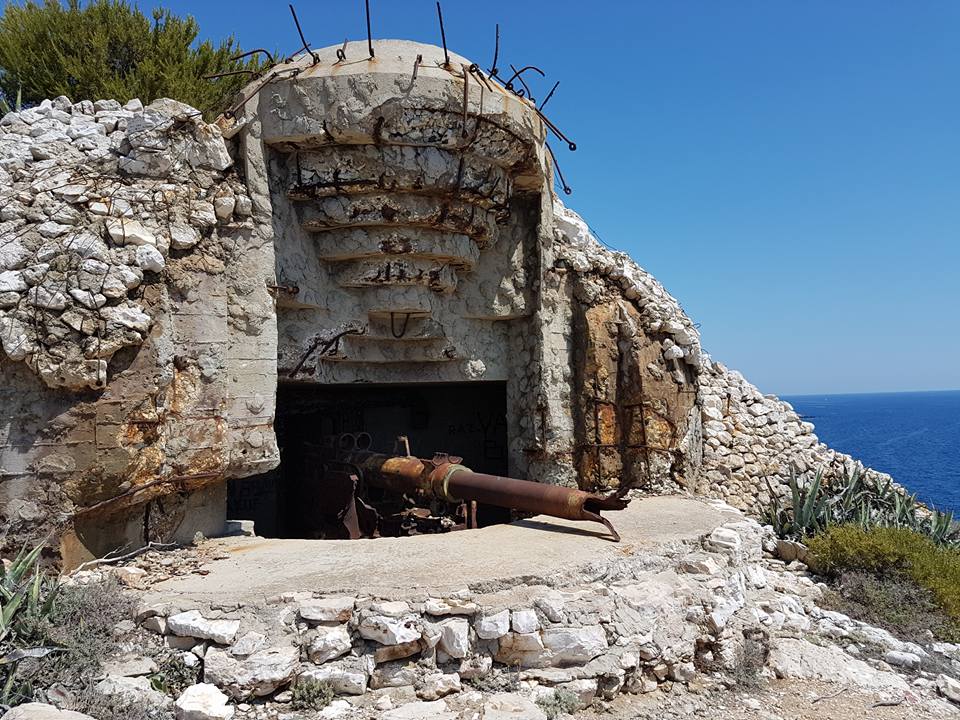
One more short car transfer and we were looking at another fascinating aspect of Vis’ miliary history. The guns may have been rusted out these days, but they pay testament to their heritage, and they led to a fascinating warren of tunnels to put together one more piece of the Vis jigsaw.
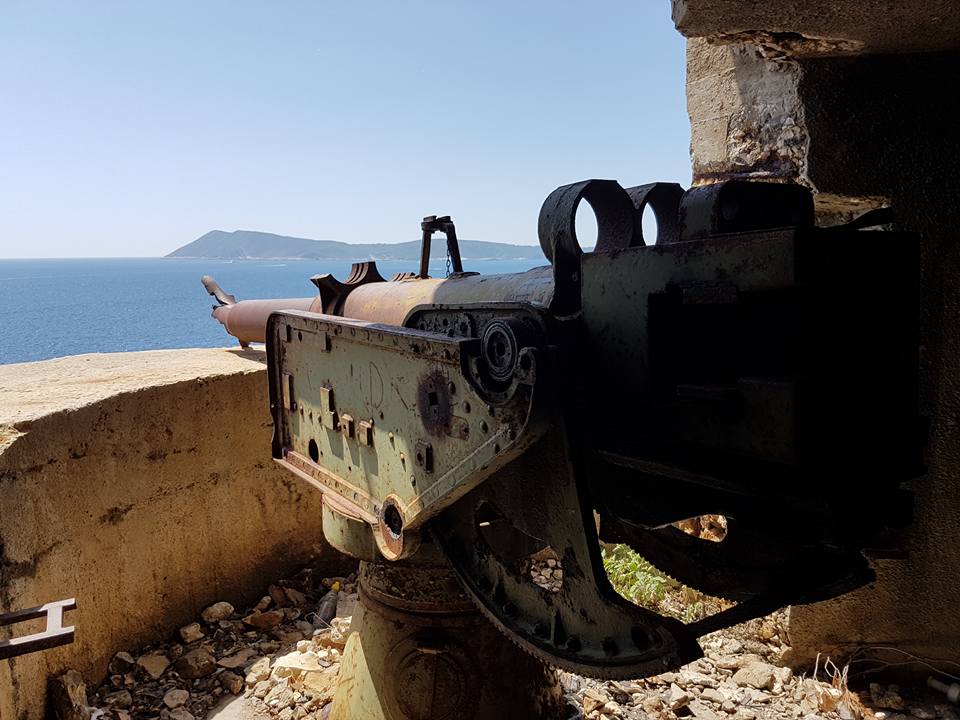
If you have to prepare yourself for battle, there are few views that can match this one.
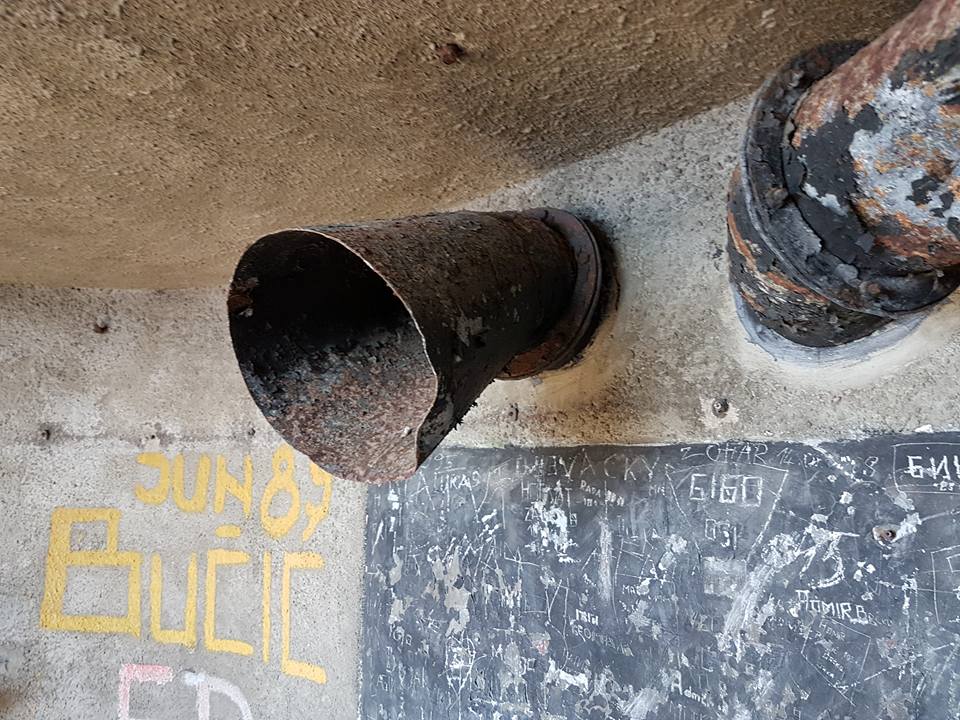
What impressed me about the tour was the level of detail, with a comprehensive answer to each question. In the compact area allocated to the gunners, for example, was this metal addition to the concrete wall, put there to suck away the smoke from the firing of the gun, which both helped the gunners to breathe as well as continuing to conceal the location of the weapon from the enemy.
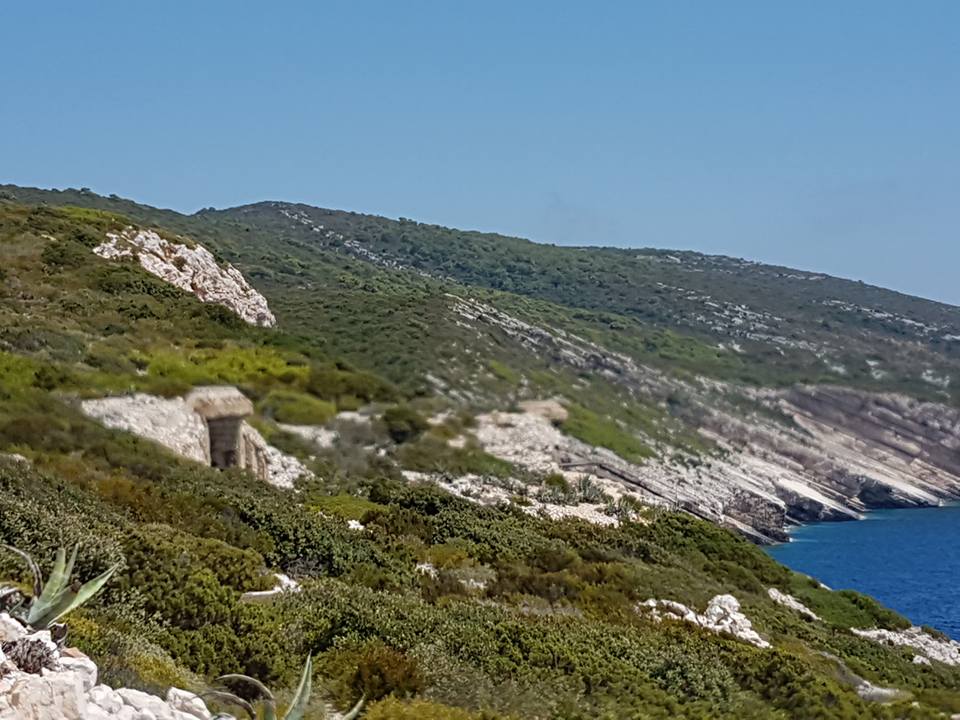
And once your eyes were adjusted, there were plenty of clues as to other military points overlooking the bay. And then the big surprise – they were all interconnected by a warren of tunnels. Not one for the claustrophobic, but the tour into the heart of Vis was fascinating indeed, and gave an insight into the harsh conditions soldiers were forced to deal with, despite the gorgeous views.

A trademark terrible Bradbury photograph in a concrete room deep inside the hills of Vis, the only light coming from a mobile phone. Against the wall, six iron bed frames, one on top of another. Sleeping quarters.
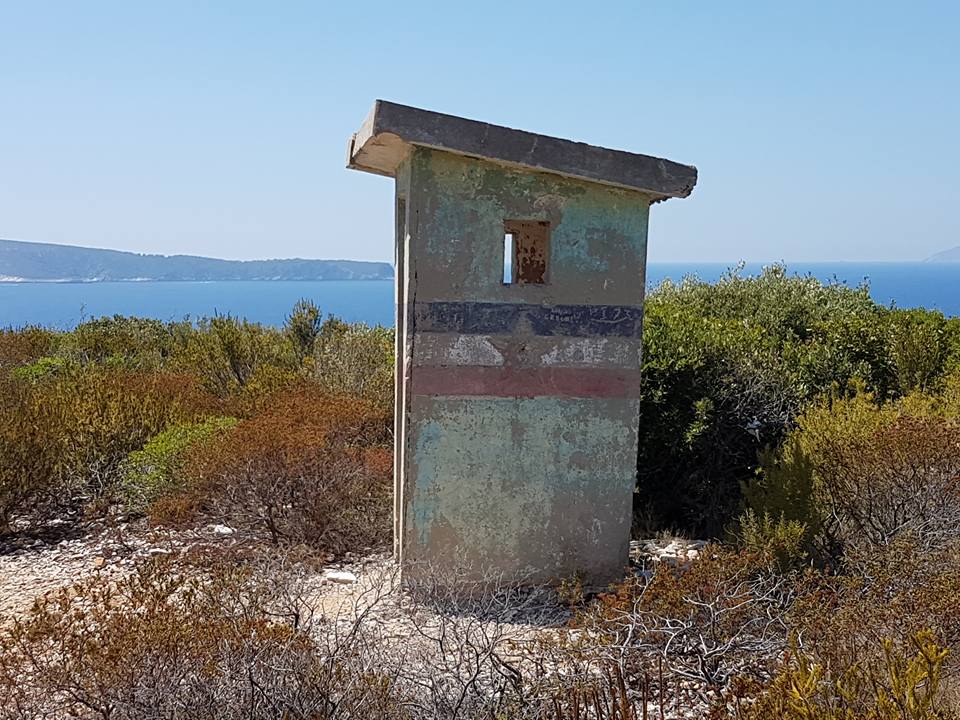
But the tunnels were part of a larger network of military power of the Yugloslav National Army.
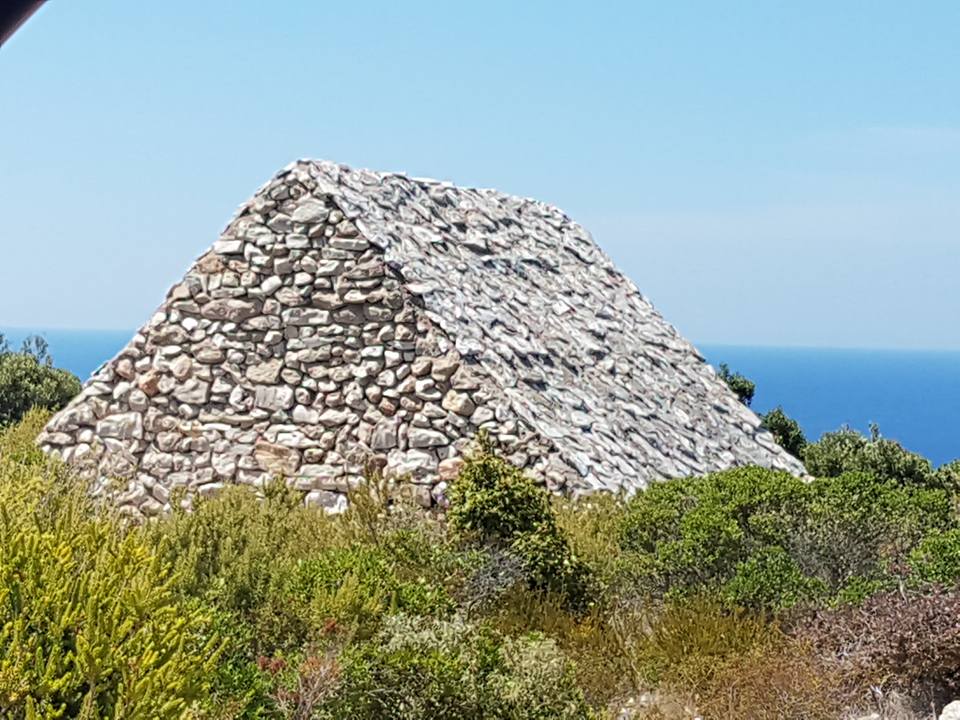
From the air, an innocuous looking stone house in the middle of a field, surrounded by aromatic rosemary. But in fact one of two houses, whose sole purpose was to be air vents for a huge missile loading facility below. Beautifully disguised, and perhaps the only clue was that there was no entrance door…
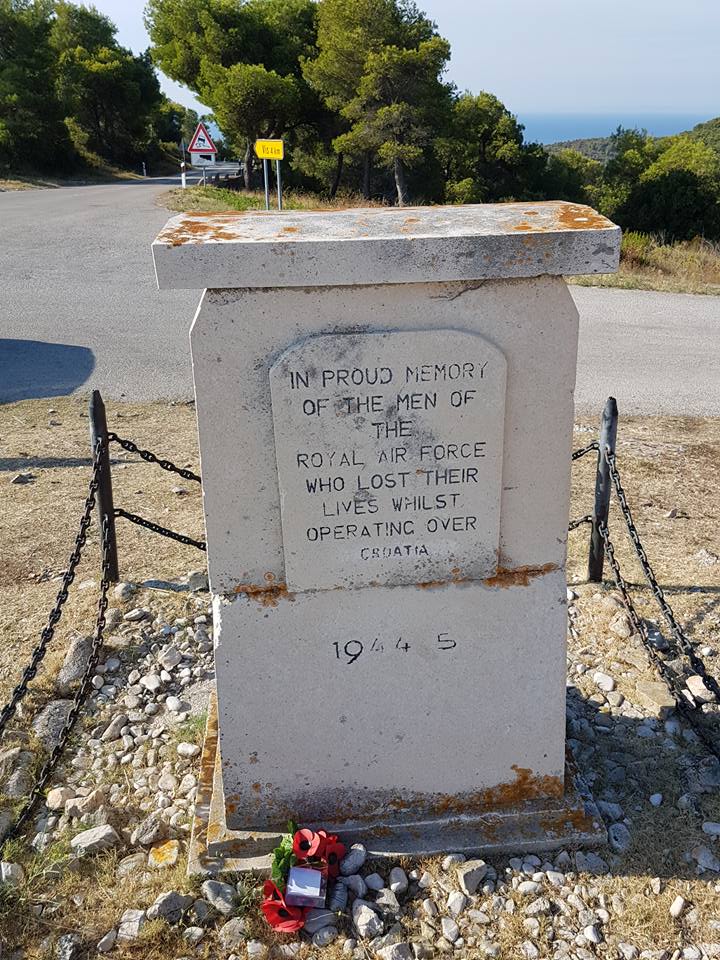
The memory of war is hard to ignore on Vis, particularly from the various sacrifices of the Second World War, during which Vis played a strategically crucial role in the liberation of South-East Europe.
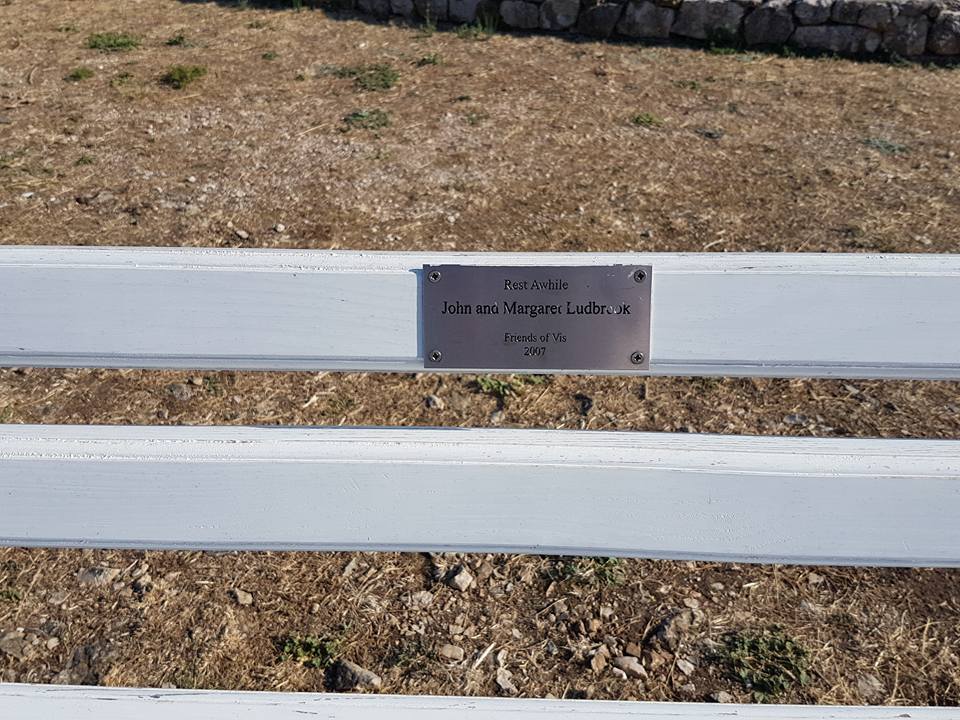
The British servicemen who gave their lives are remembered to this day.
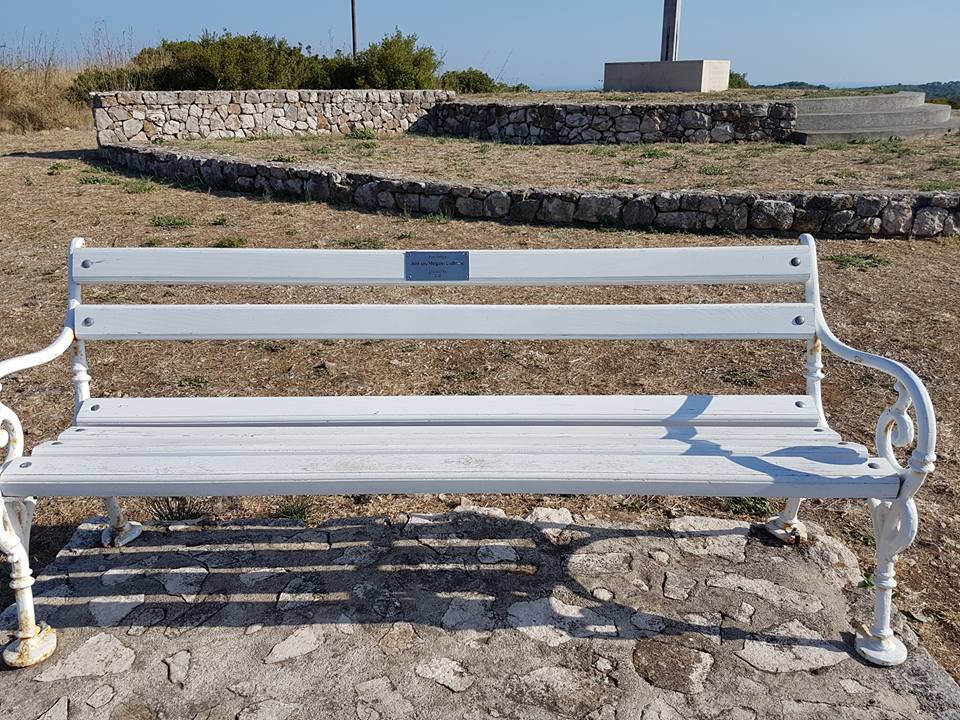
Dignified. Peaceful. Respectful.
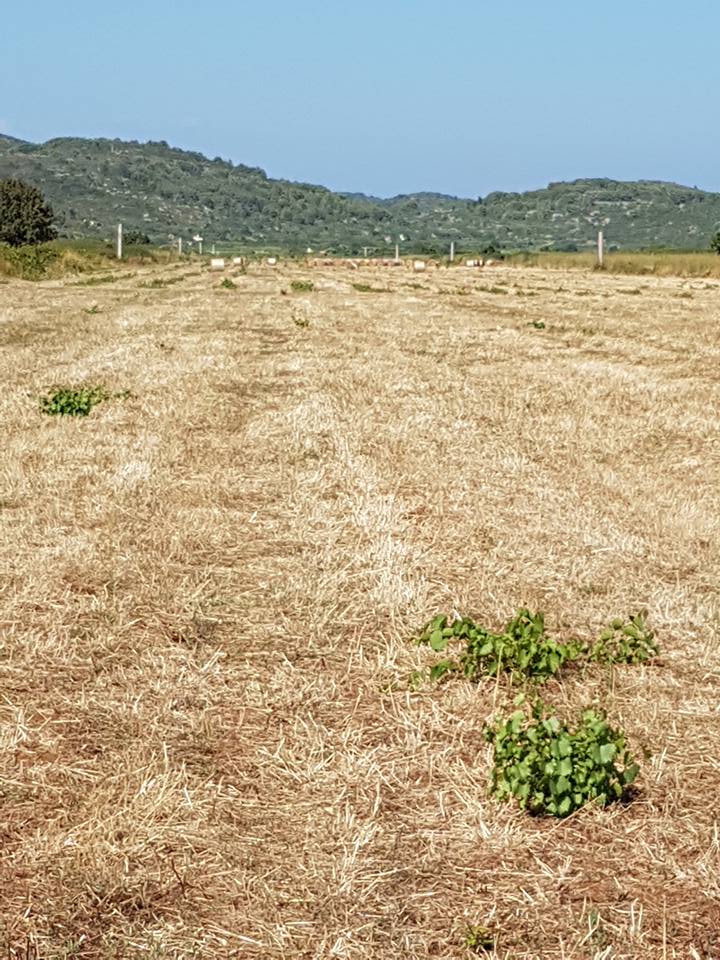
The key role Vis played in the Second World War was due in large part to the 1.3km airstrip on the island, which was taken by the Partisans and handed over to Allied control. This gave the Allied air fleet an emergency option in case of trouble in flight, as well as a much closer launching pad for attacks.
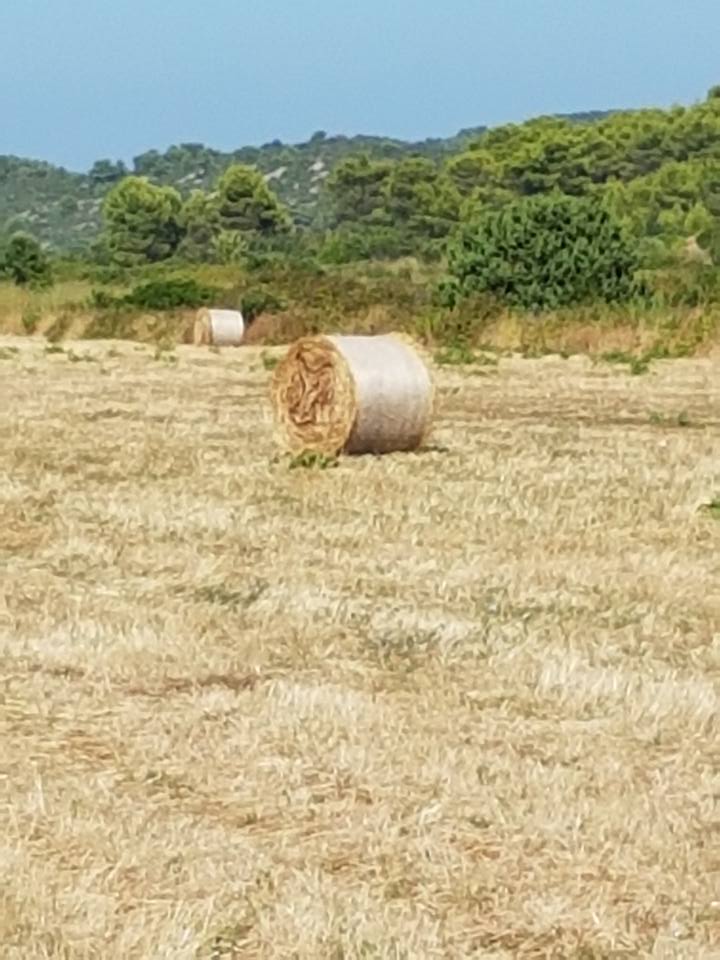
It is probably safe to say that things on Vis ‘Airport’ are a little more relaxed than they were in 1944… Check out this great video below on the importance of Vis and its airstrip during World War II.
https://www.youtube.com/watch?v=Q50QIAsIUgw
It would appear that good times are about to return to the airfield in Vis. Local enthusiasts are in the final stages of getting the air strip back into function, with 2017 targeted with the opening of a sports air strip for adrenaline sports such as paragliding and sky diving, moving on potentially to the opening of a proper airport.
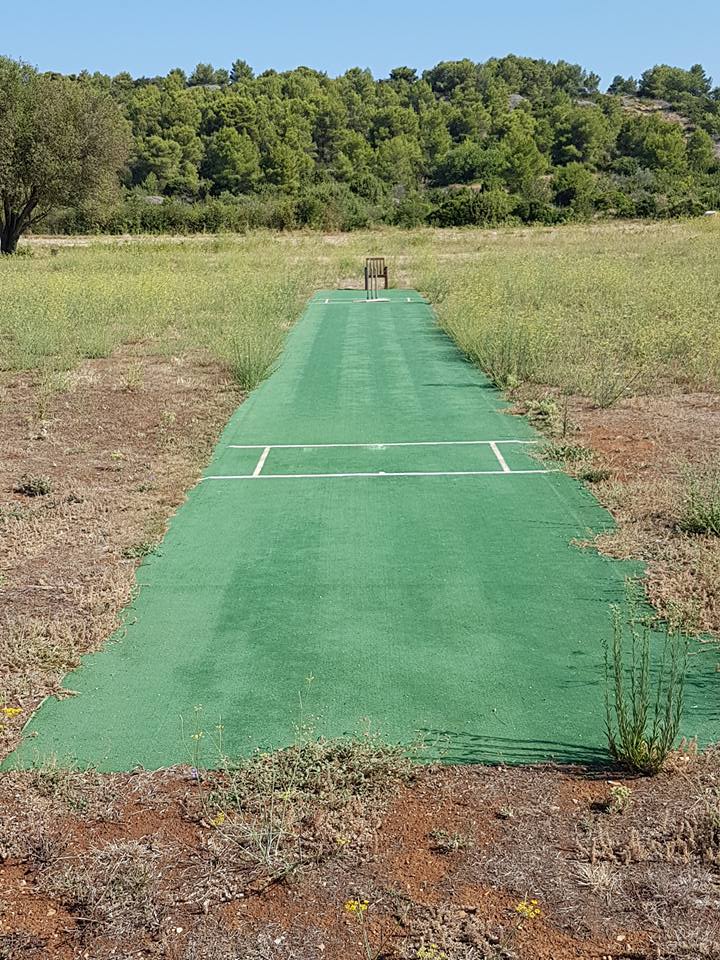
And, as one would expect next to an airstrip in a distant Adriatic island – a cricket pitch!
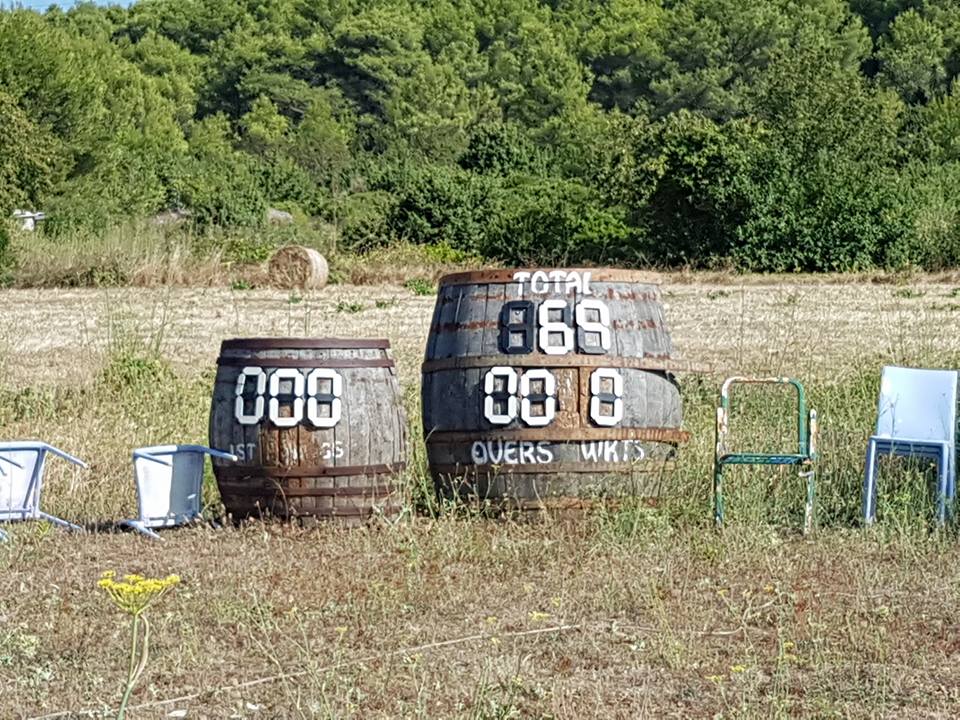
And not just any cricket pitch. But rather home to the oldest cricket club in Europe outside the UK (ah, isn’t the UK outside Europe these days anyway…). A fabulous story of a bored British serviceman during the Napoleonic Wars in 1811 starting a cricket club, a story taken up by a cricket-loving returning Australian Croat almost 200 years later.
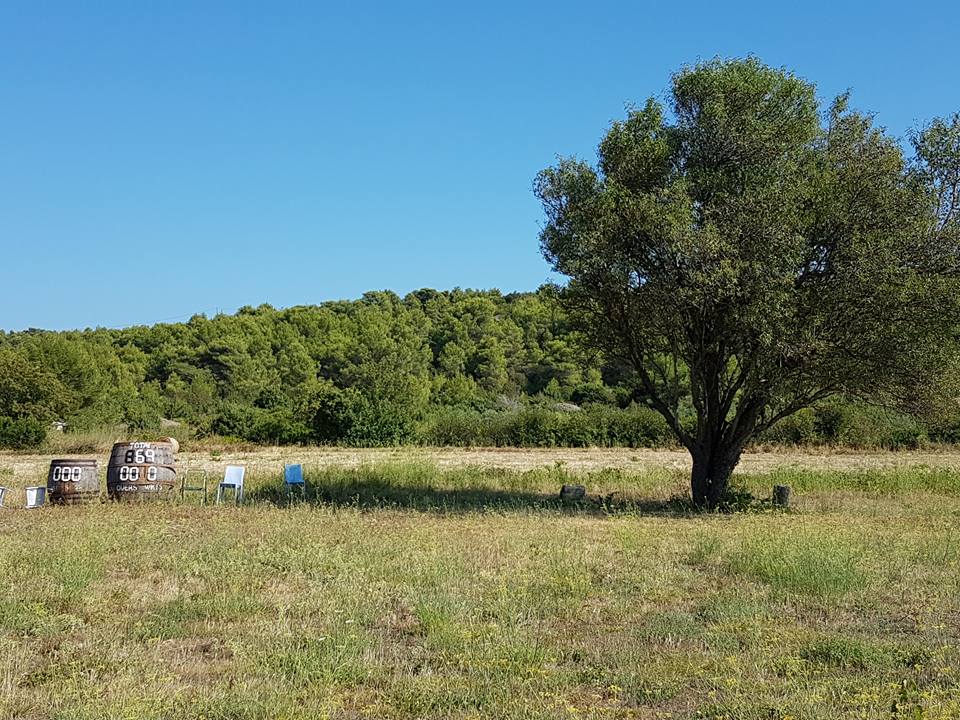
And surely one of the world’s coolest scoreboards and pavillions.
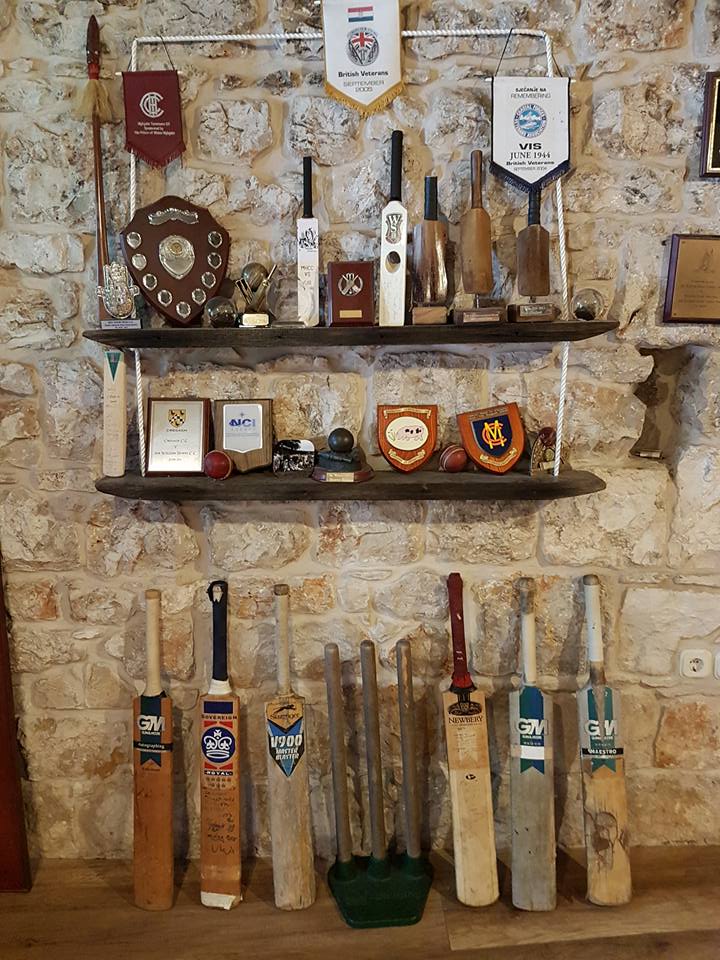
The cricket is taken seriously, and Vis Cricket Club is now the home of an international cricket competition every Spring.
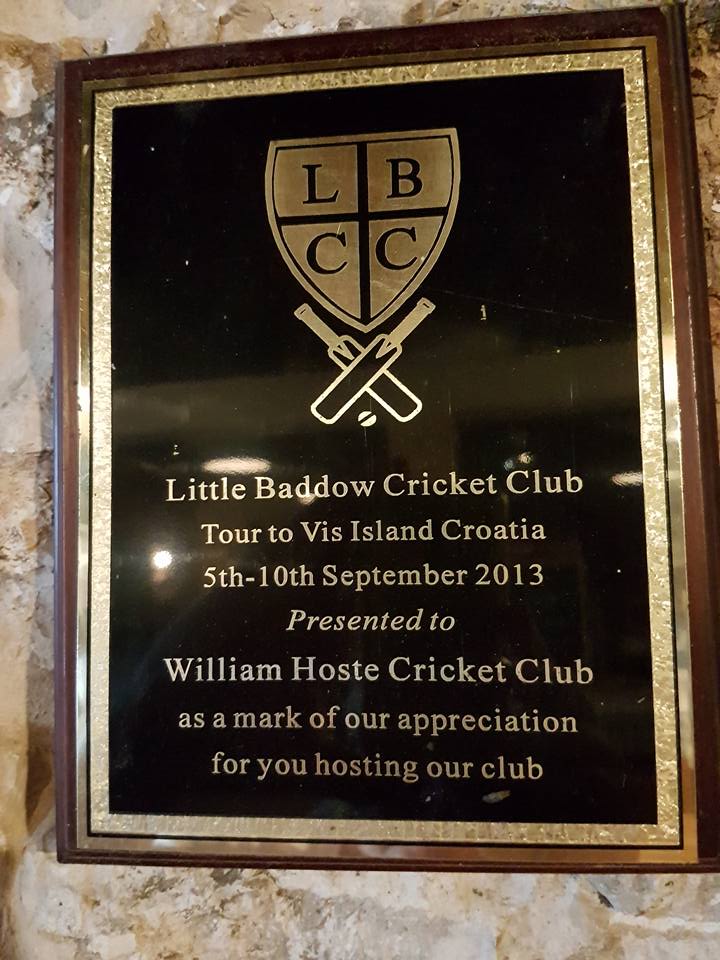
And host to cricket clubs all over the world.
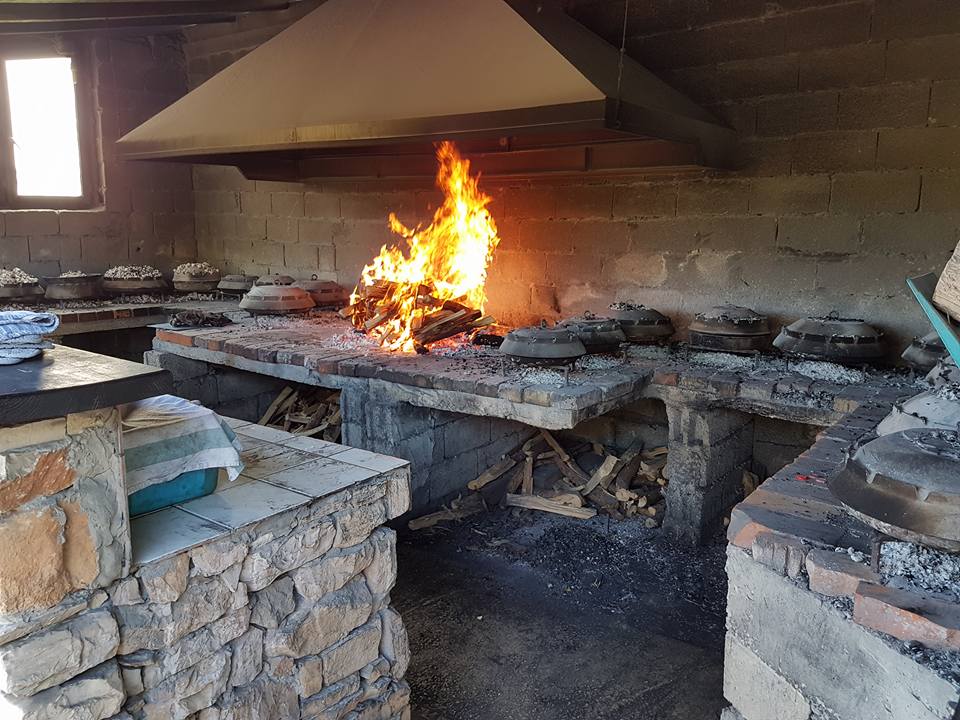
And those who play cricket – and tourists in general – love to eat. How about this for a group feeding from one of Dalmatia’s finest specialities, the peka.
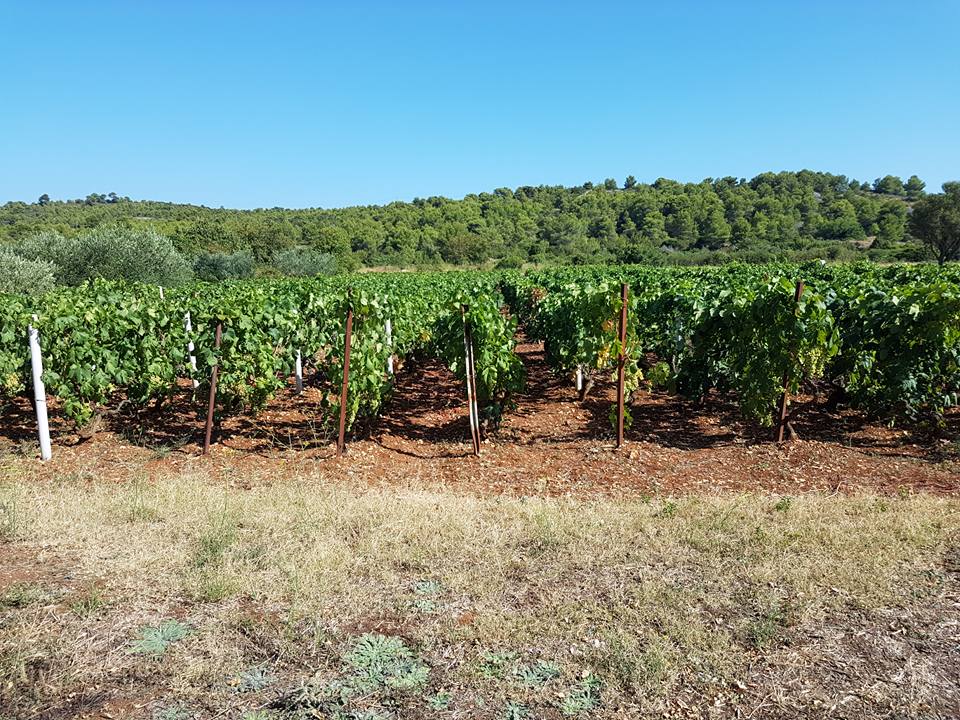
And what would a Dalmatian island be without wine? Croatian wine is slowly being discovered on the international scene. With a range of terroirs and 130 indigenous grape varieties, these are exciting times for Croatian wine, with international interest in search of new experiences.
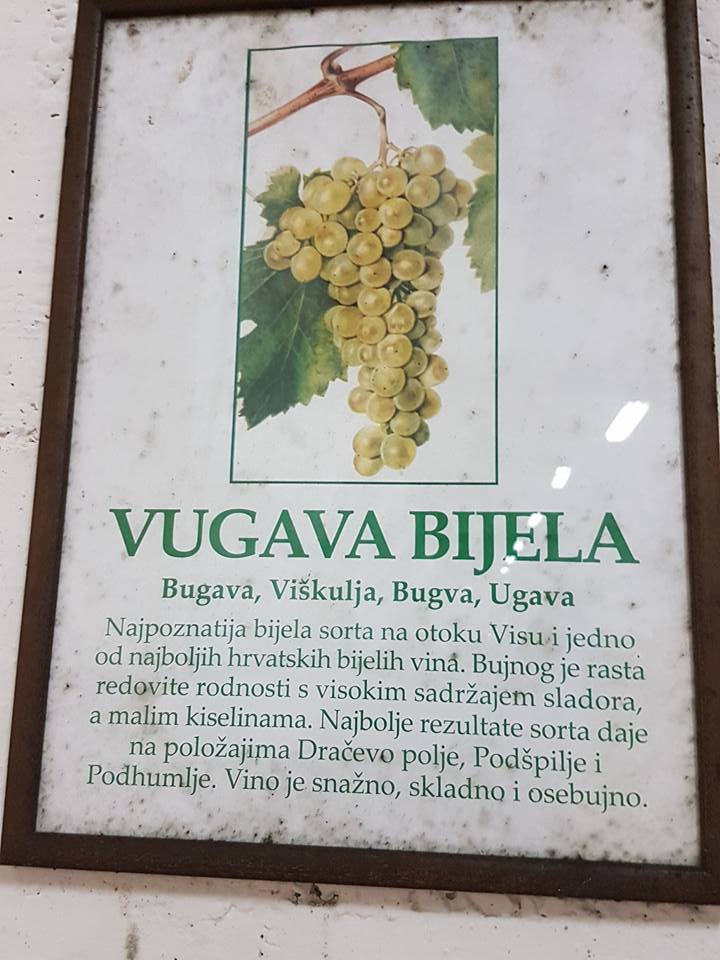
Vis plays its part on the indigenous stage, with a delicious white variety called Vugava. Before phylloxera decimated the vineyards of Dalmatia, almost all the island’s fields were covered in vines. Today, there are only 5-6 serious winemakers.
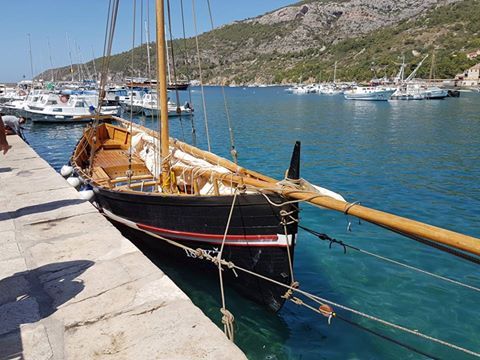
The bond of an island to the sea is obviously strong, and no more so than on Vis, an island which is famed for its fishing tradition, and also its sailing. Wikipedia will tell you that the oldest sailing regatta was in 1775, but in 1593, some 75 boats set off in a race to the rocky island of Palagruza and back to Vis.
The boat of choice, and one which has been in recorded use since 1177, was the falkusa (falkusha).
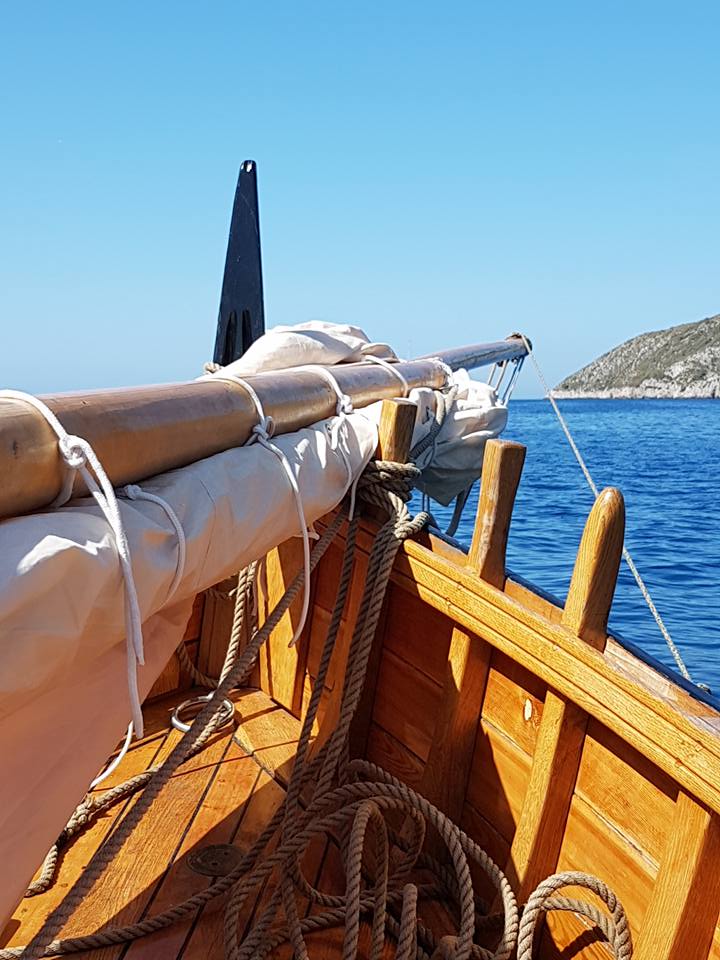
And, although we don’t resort to Wikipedia very often, it would be hard to put things better than this:
The Falkuša is a unique wooden boat, tapered narrowly on both sides, and is about seven to eight metres in length by 3 metres wide. It had a low draft under a large (120 m2 or 1,300 sq ft) lateen sail made from flax, mounted on a mast which was typically as high as the ship was long. It was very fast both under sail and with oar, able to achieve speeds between 8 and 12 knots. Its distinctive feature were two removable wooden side strakes called falke, after which falkuša got its name. The strakes raised the rim of the boat by about half a metre, protecting it from high waves in the open seas. To ease the hauling of the nets, the strakes were removed during fishing. The vessel could carry up to eight tonnes of salted fish barrels.
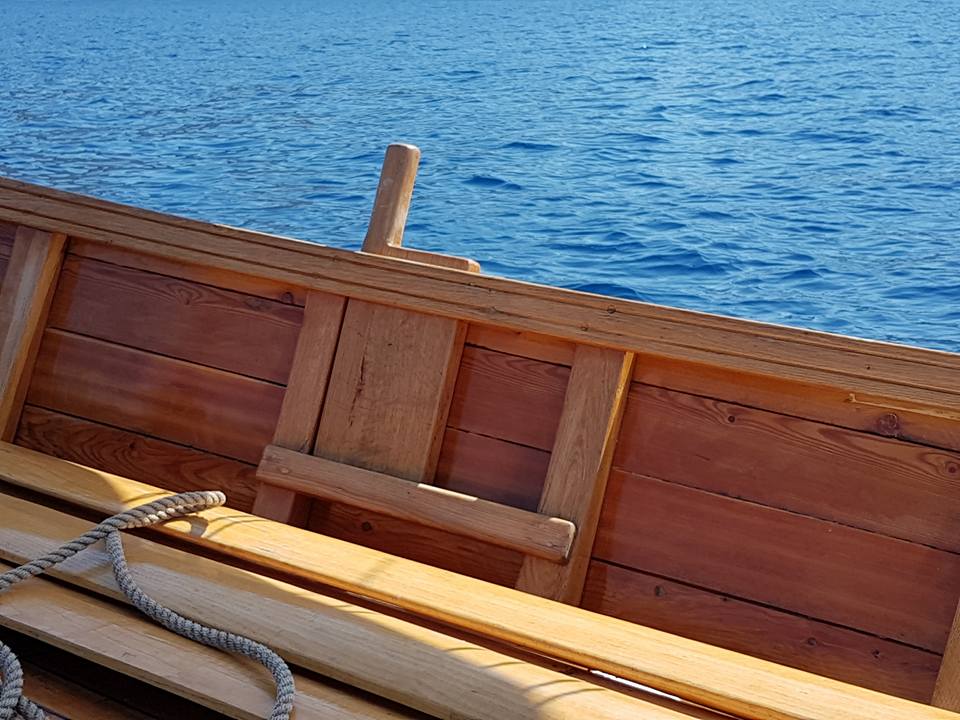
Beautifully designed, the emergency wooden oars.
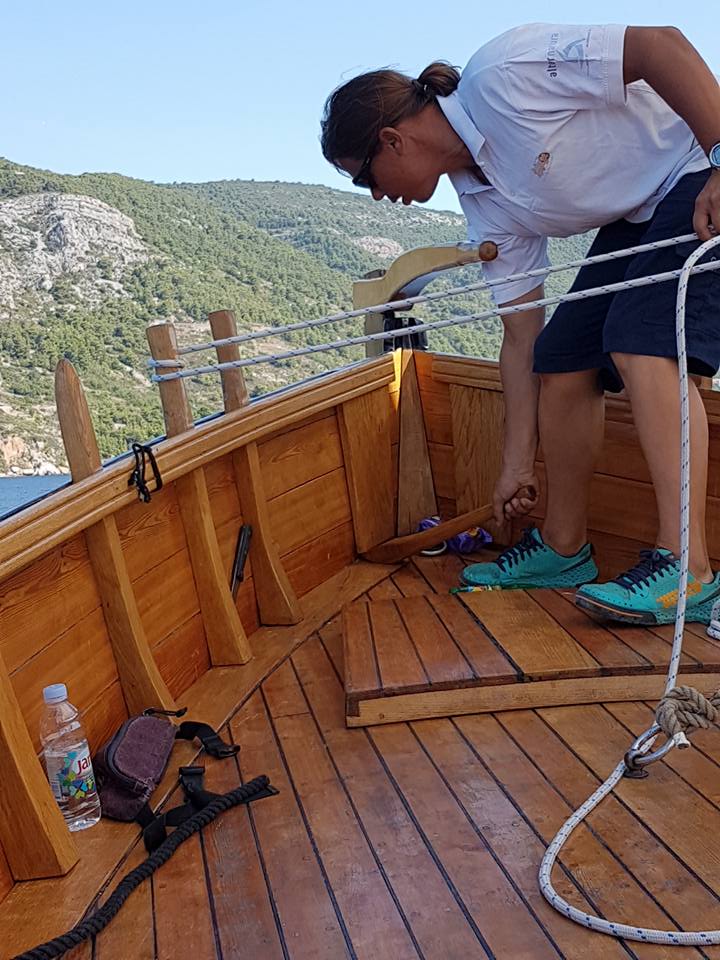
And a simple tool to take off the sides of the boat to allow the nets to come on easily.
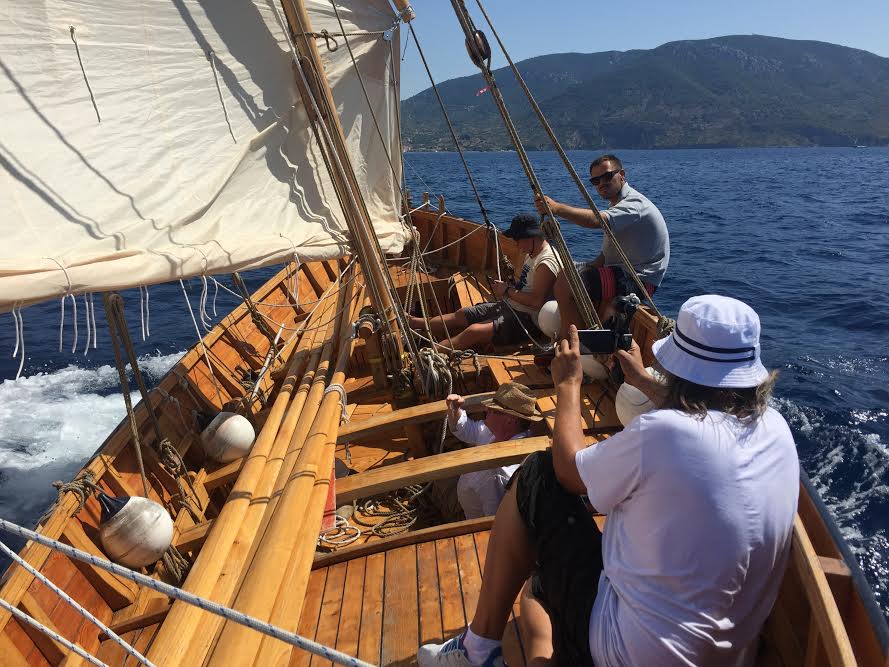
And for a 2016 summer sailing experience – paradise.
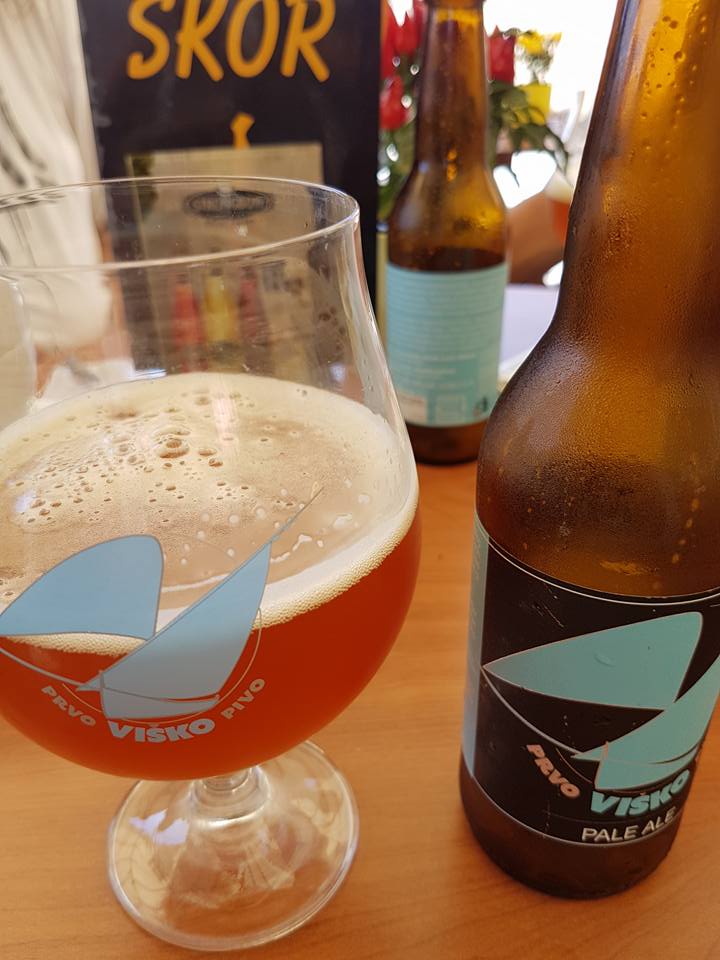
There was one more surprise in this action-packed, fact-filled and fascinating day. The first craft beer on the island of Vis. Worthy of a try on the Komiza waterfront.
And, as I was coming to expect on Vis, a beer with a story which was not so straightforward, for the first Vis beer is actually made in… Norway!
It seemed somehow fitting to have such a bizarre end to a magnificent day. There is method in the Norwegian madness, however. Some Norwegians have been coming to Vis for the last 15-20 years and are in love with the island. The idea was hatched with a local winemaker and official to make the first Vis craft beer. All was going well until the legendary Croatian bureaucracy got in the way, and it was not going to be possible to finalise things for production for 2016, so they decided to make it in Norway for now. As you do.
And rather nice it is too.
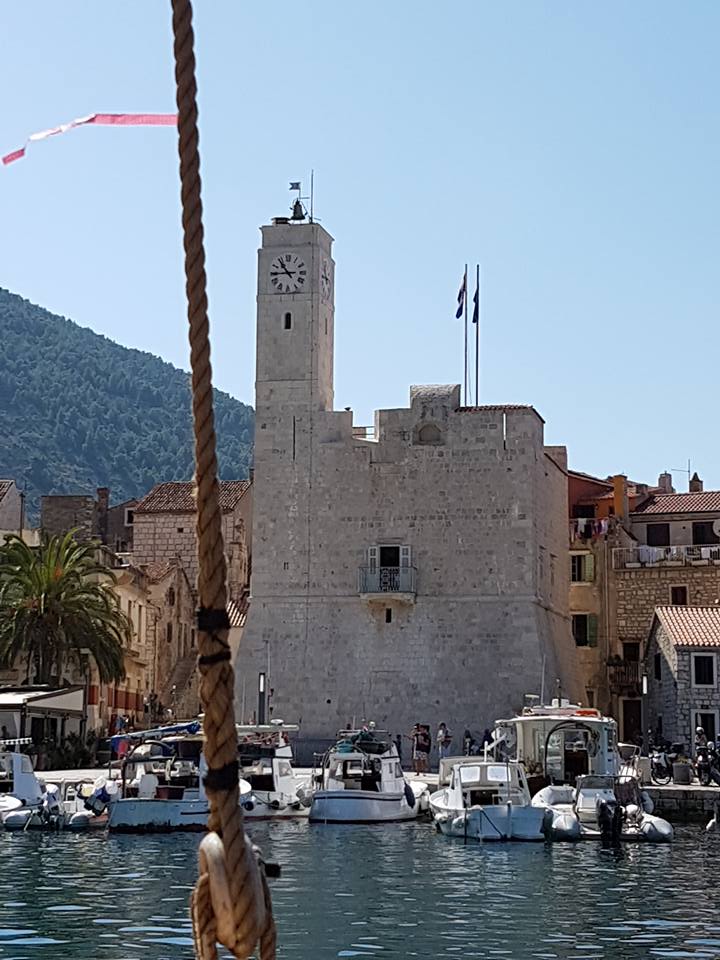
Komiza, the second town of Vis, is a delightful place, and one full of history and surprises. It is home to the first whore house on the Adriatic, for example, and indeed boasted two such establishments 100 years ago. According to our guide, it still has more families making their living from fishing than tourism, this despite the fact that there used to be seven fish factories in the town, compared to none today. Before the phylloxera outbreak which decimated the wine industry and forced mass emigration, Komiza had some 5,500 inhabitants. The population of the island is just 3,000 today.
And 3,000 is the number of beds available on Vis for tourists. It was tough at the time with the island being closed to foreigners, but perhaps the silver lining is coming now, decades later. The first hotels were built in the 1960s, but available only for locals, as foreigners were banned from visiting this military island. As such, Vis was left behind in the rise of mass tourism on the rest of the Adriatic Coast.
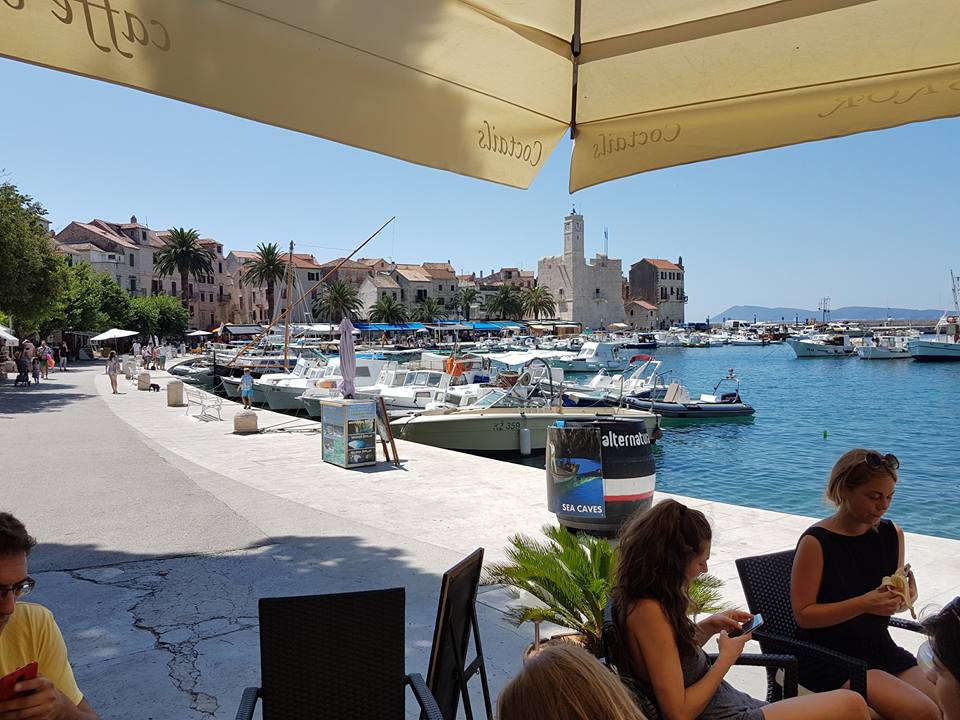
And I think that is a good thing. Vis is not easy to get to, but it offers a truly relaxing and fabulous historical experience for those who make the effort. Midday coffee on the Komiza waterfront above.
TCN was a guest of Intours DMC. To learn more about their programmes in the region, click here.



